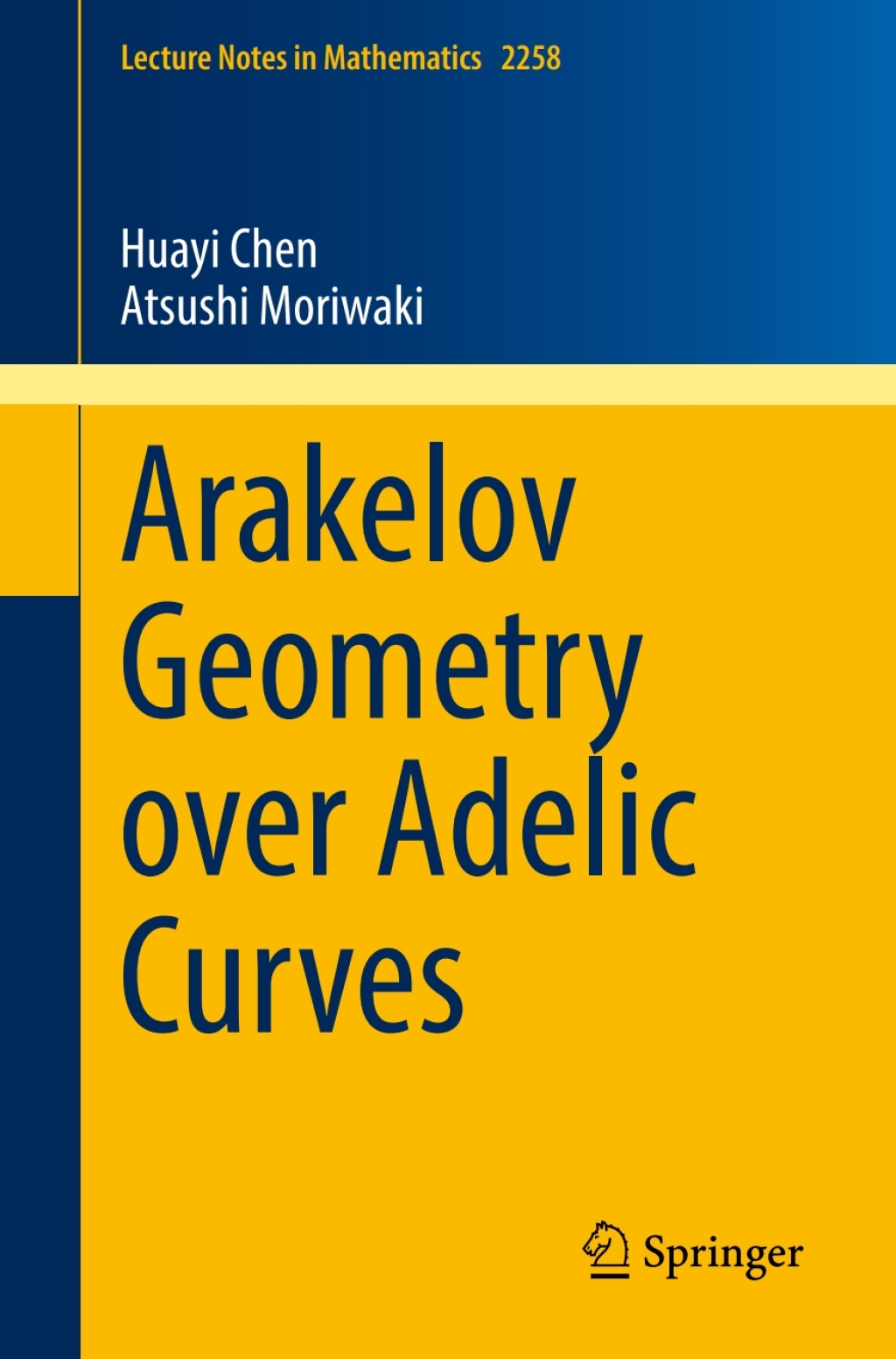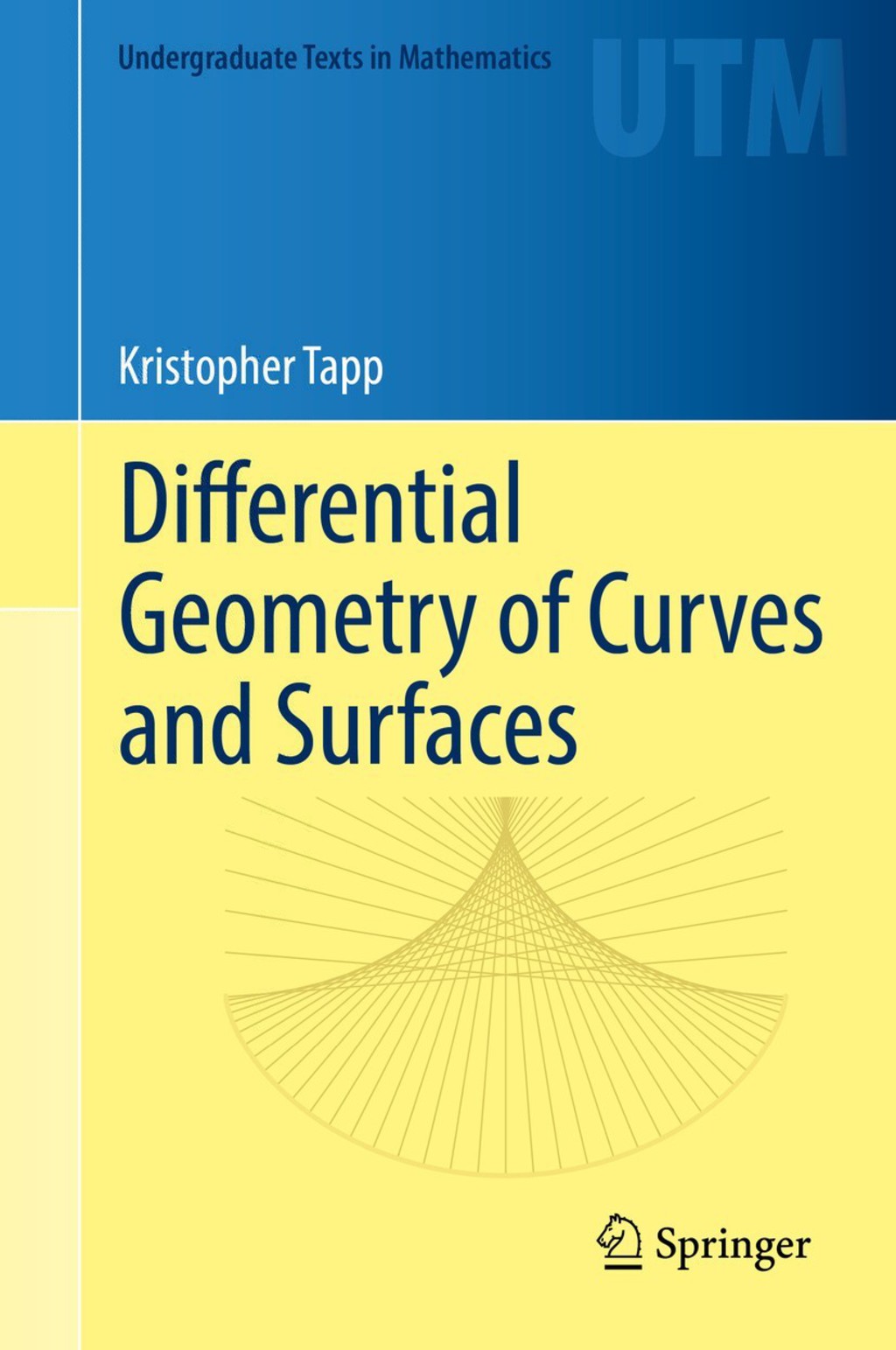Description
This book is a posthumous publication of a classic by Prof. Shoshichi Kobayashi, who taught at U.C. Berkeley for 50 years, recently translated by Eriko Shinozaki Nagumo and Makiko Sumi Tanaka. There are five chapters: 1. Plane Curves and Space Curves; 2. Local Theory of Surfaces in Space; 3. Geometry of Surfaces; 4. Gauss–Bonnet Theorem; and 5. Minimal Surfaces. Chapter 1 discusses local and global properties of planar curves and curves in space. Chapter 2 deals with local properties of surfaces in 3-dimensional Euclidean space. Two types of curvatures — the Gaussian curvature K and the mean curvature H —are introduced.  The method of the moving frames, a standard technique in differential geometry, is introduced in the context of a surface in 3-dimensional Euclidean space.  In Chapter 3, the Riemannian metric on a surface is introduced and properties determined only by the first fundamental form are discussed. The concept of a geodesic introduced in Chapter 2 is extensively discussed, and several examples of geodesics are presented with illustrations. Chapter 4 starts with a simple and elegant proof of Stokes’ theorem for a domain. Then the Gauss–Bonnet theorem, the major topic of this book, is discussed at great length. The theorem is a most beautiful and deep result in differential geometry. It yields a relation between the integral of the Gaussian curvature over a given oriented closed surface S and the topology of S in terms of its Euler number χ(S). Here again, many illustrations are provided to facilitate the reader’s understanding. Chapter 5, Minimal Surfaces, requires some elementary knowledge of complex analysis. However, the author retained the introductory nature of this book and focused on detailed explanations of the examples of minimal surfaces given in Chapter 2.¬â€Â
















